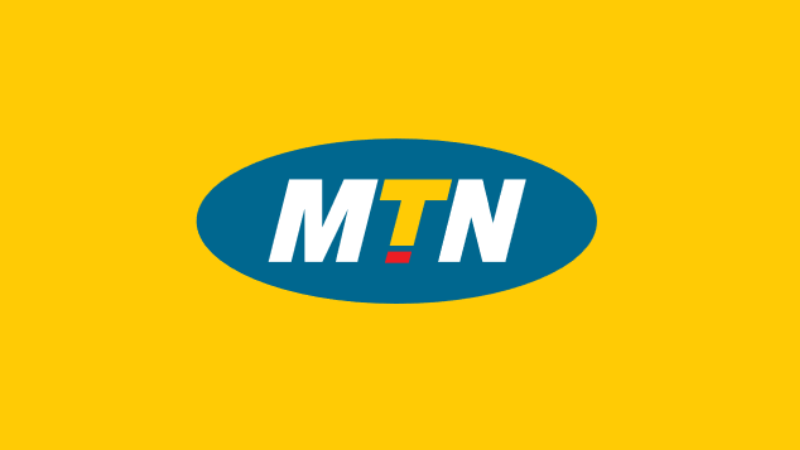HONOR has officially opened pre-orders for its much-anticipated HONOR 400 and HONOR 400 Pro smartphones in South Africa — ushering in a bold new…
10 things we learned from MTN’s Rob Shuter at AfricaCom 2019

Some talks at AfricaCom 2019 can be overwhelming for even the most attentive and informed attendee, but the one-on-one between Bain’s John Senior and MTN Group CEO Rob Shuter on Tuesday was delightfully informative.
We highlight the key factoids, figures and thoughts from Shuter below.
The lion’s share of MTN customers aren’t accessing the internet using their phones
Just 35% of MTN’s client base use their phones to access the internet. Shuter noted that of the company’s 244-million customers, just 87-million actively use their devices to connect to online services.
“Basically that means that around two thirds are really living in a 2G, voice and SMS world,” said Shuter.
‘We don’t really think of ourselves as a telco anymore’
“We don’t really think of ourselves as a telco any more. And that’s because we have a strategy to push out our business across three fronts,” revealed Shuter.
Calling the company a “digital operator”, Shuter noted that MTN does still offer actual telco functionalities now also focuses on fintech and digital services.
“And we have already 32-million 30-day active mobile money customers. I think we’re a scale player in fintech already,” he added.
Shuter believes that MTN is now a scale player in “media, messaging and mobile advertising” too.
Ayoba hits a million users
“We announced today that our instant messaging platform Ayoba has reached a million active customers across eight markets. That is a business that was on a white board 12 months ago,” said Shuter.
The app, which is localised for Africa and Asian markets, is zero-rated for MTN subscribers.
MTN is subscribing an incredible number of Nigerian users
Shuter, while speaking of the ways MTN innovates within the core business, revealed that the telco is subscribing two-million Nigerian customers to the service every month.
‘Let’s put data where there’s voice’
Shuter believes that the key to bringing Africa’s citizens data is to focus on rolling out voice services and deploying data networks on top of that.
“As we modernise these networks, it’s not so much any more that you would roll out a 3G network on top of a 2G network. Now with modernised radios, signal-RAN, or flexible spectrum arrangements, in a modernised network, you can start to fire up data services where you’ve got voice services,” explained Shuter.
In most markets, voice coverage hovers in the mid 90% range, Shuter noted, but it’s getting this service into the hands of the last 10% that requires innovation.
South Africa’s mobile network landscape resembles a ‘European market’
Shuter added that South Africa is much more advanced in terms of its established mobile network technologies when compared to other regions within Africa.
“South Africa’s quite a different market, in the sense that we already have 4G population coverage around 95%. So this looks much more like a European market,” said Shuter.
But he noted that is largely thanks to South Africa’s use cases, where urban and peri-urban areas require faster and denser coverage.
Africa’s internet adoption issue is complex
“The challenge with mobile internet adoption in Africa is much broader than coverage,” noted Shuter.
“We now have much more unconnected people in covered areas. Across the MTN networks now, we have data population coverage around two-thirds, but only one third of the customers are connected,” said Shuter.
He noted that the issue here is not so much coverage, but the availability and affordability of handsets, education, the usability of services and tariffs.
Spectrum remains a key issue for telcos and SA’s digital growth
Shuter bemoaned the lack of spectrum availability, noting that the bands currently used by telcos today were allocated more than 20 years ago.
“To increase the data traffic on the network, we need more spectrum,” said Shuter.
“It’s physics, basically.”
He added that data traffic in South Africa is forecast to grow by five times in the next three to five years.
“There’s no way we can cost-effectively handle 5x data traffic unless we get some more digital frequency highways to carry the traffic on,” added Shuter.
MTN’s sold ‘close to half a million’ smart feature phones
Shuter, speaking about financial inclusion and how devices play a key role in this, noted that MTN has sold “close to half a million” of its smart feature phones.
He didn’t clarify if this figure included he newly-launched MTN Smart S, but did explain that the debut of the company’s device has inspired rivals from the likes of Vodacom.
“For us that’s a victory”.
Demand for electronic government and utilities will rise
Shuter believes that increasing digital adoption will be fuelled by more practical services, not just WhatsApp and Facebook. He highlighted the reason to adopt and use internet services for those not currently connected could be the emergence of egovernment services and utilities.
Feature image: MTN


